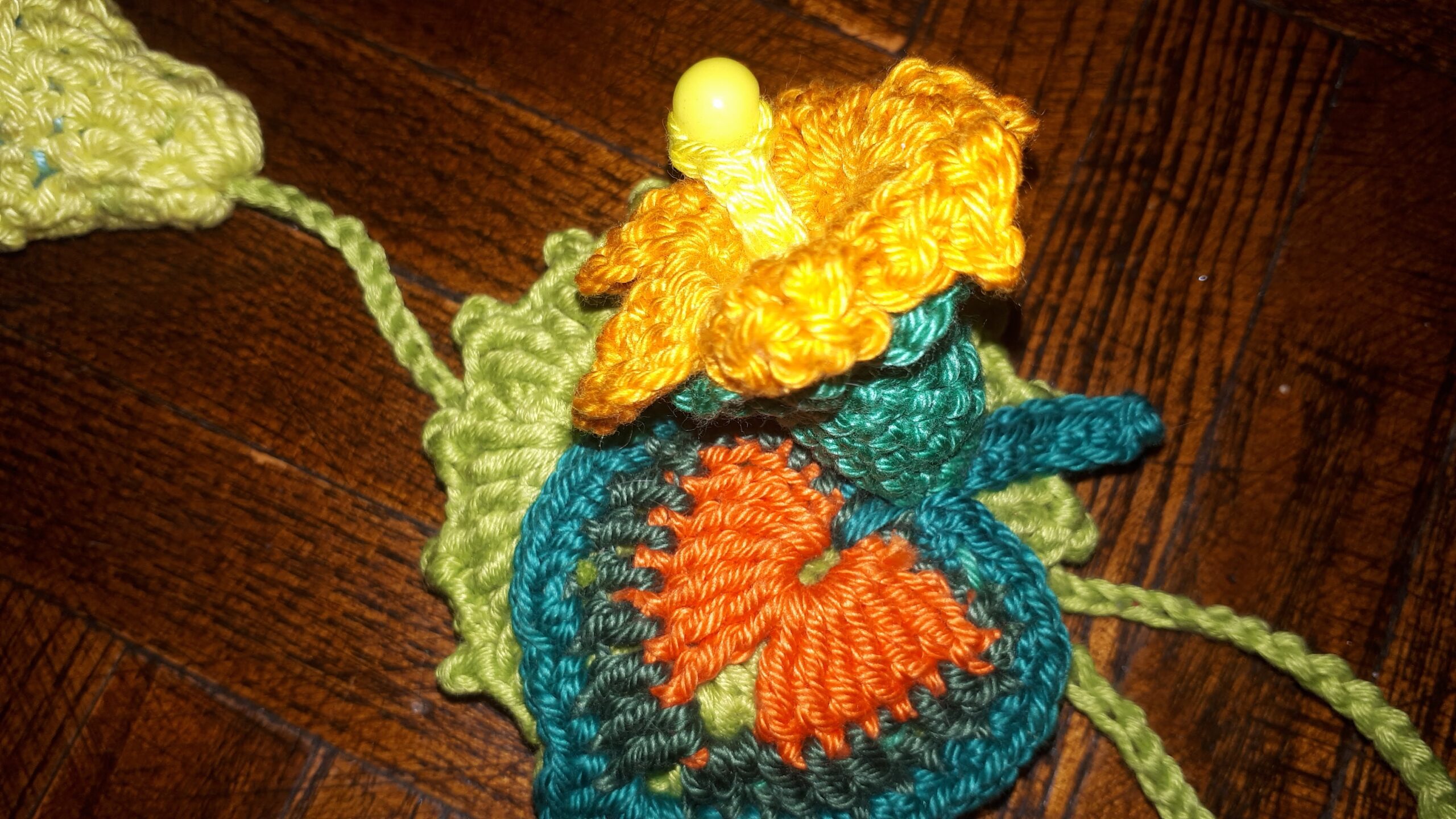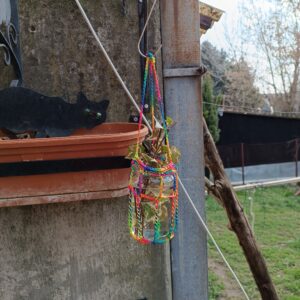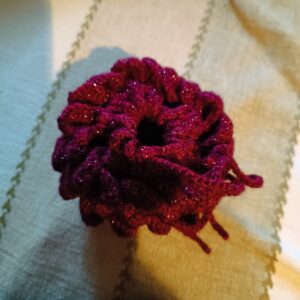IPv4 + IPv6 mreže i MCSA 70-410
Imam malo problem sa ovim, pa mi je lakše da stavim par crtica u vezi sa ovom temom.
IPv4
4x8bita
Moguće mreže :
A – prvi oktet : 1-126, CIDR notacija : /8
B – prvi oktet : 128-191, CIDR notacija : /16
C – prvi oktet : 192-223, CIDR notacija : /24
D – prvi oktet : 224-239, CIDR notacija : N/A
E – prvi oktet : 240-254, CIDR notacija : N/A
Mogući broj podmreža : 2(exp)s, gde je s=broj bitova odvojen za podmrežu
Mogući broj hostova/nodova u mreži : 2(exp)h-2, gde je h=broj bitova odvojen za host deo mreže
Pripomoć pri računanju bitova :
2(exp)7 2(exp)6 2(exp)5 2(exp)4 2(exp)3 2(exp)2 2(exp)1 2(exp)0
128——64——-32——-16———8———-4———2———1
Privatne mreže :
A – 10.0.0.0/8
B – 172.16.0.0/12
C – 192.168.0.0/16
IPv6
Kako izgleda raspored bita u IPv6 adresi :

8x16bita=128bita, ili
8x4hexadecimal digits (hex numbers are not case sensitive)
Napomene :
You can have only one double-colon notation within any IPv6 address.
IPv6 addresses do not employ subnet masks, but rather use the same CIDR notation used with IPv4.
::1 je pandan za 127.0.0.1 = loopback
Unicast 6to4 addresses – 2002::/16
Multicast adrese uvek počinju sa ff00::/8
:: is a unspecified address (0.0.0.0 u IPv4)
When you see the 5efe block within an IPv6 address, this identifies the address as being an ISATAP address.
64 last address bits should always be reserved for host address (necessary for auto configuration). The rest is used for network and (if necessary) subnetting.
IPv6 address scope :
Global unicast – 2000::/3 – globaly routable addresses
Link-local – fe80::/64 – nonroutable addresses (exist inside of the subnet)
Site-local address – fc00::/7 – internaly routable addresses
Tipovi adresa :
*Unicast – packets addressed to this type of address are to be delivered to a single network interface.
By default, all unicast addresses are divided into a 64-bit network component and a 64-bit host component.
*Multicast – Represents multiple interfaces to which packets are delivered to all network interfaces identified by the address. Multicast addresses have the first eight bits set to 1s, so they begin with ff .
*Anycast – represents multiple interfaces. Anycast packets are delivered to a single network interface that represents the nearest (in terms of routing hops) interface identified by the address.
IPv4 to/from IPv6
Adrese za prelazak sa IPv4 na IPv6 :
*Compatibility addresses – address represented by 0:0:0:0:0:0: w.x.y.z , where w.x.y.z is the IPv4 address in dotted-decimal, or ::ffff:w.x.y.z
*Intra-Site Automatic Tunnel Addressing Protocol (ISATAP) addresses – An ISATAP address utilizes the locally administrative interface identifier ::0:5efe: w.x.y.z , where w.x.y.z is any private unicast IPv4 address, or ::200:5efe: w.x.y.z , where w.x.y.z is a public IPv4 unicast address.
*6to4 addresses – 2002: wwxx:yyzz ::/48 in the case of a public IPv4 address w.x.y.z
*Teredo addresses
Network notes
You cannot change the subnet mask of a DHCP scope without deleting the scope and recreating it with the new subnet mask.
You can verify SRV locator resource records by viewing Netlogon.dns.
Edge traversal allows the computer to accept unsolicited inbound packets that have passed through an edge device, such as a network address translation (NAT) router or firewall.
The legacy network adapters do not support bandwidth management.
When the DHCP role is installed, the firewall rules are automatically added.
If its own IP address is not in the list of authorized DHCP servers (“Allow” filter list) , the DHCP Server service does not complete its startup sequence and automatically shuts down.
netsh.exe is used to configure IPv4 from CLI.
Virtual switches may be :
* External – VMs may access the physical network
* Internal – VMs can access each other and host machine, but NOT the physical network
* Private – VMs can access each other but NOT the host machine or physical network




